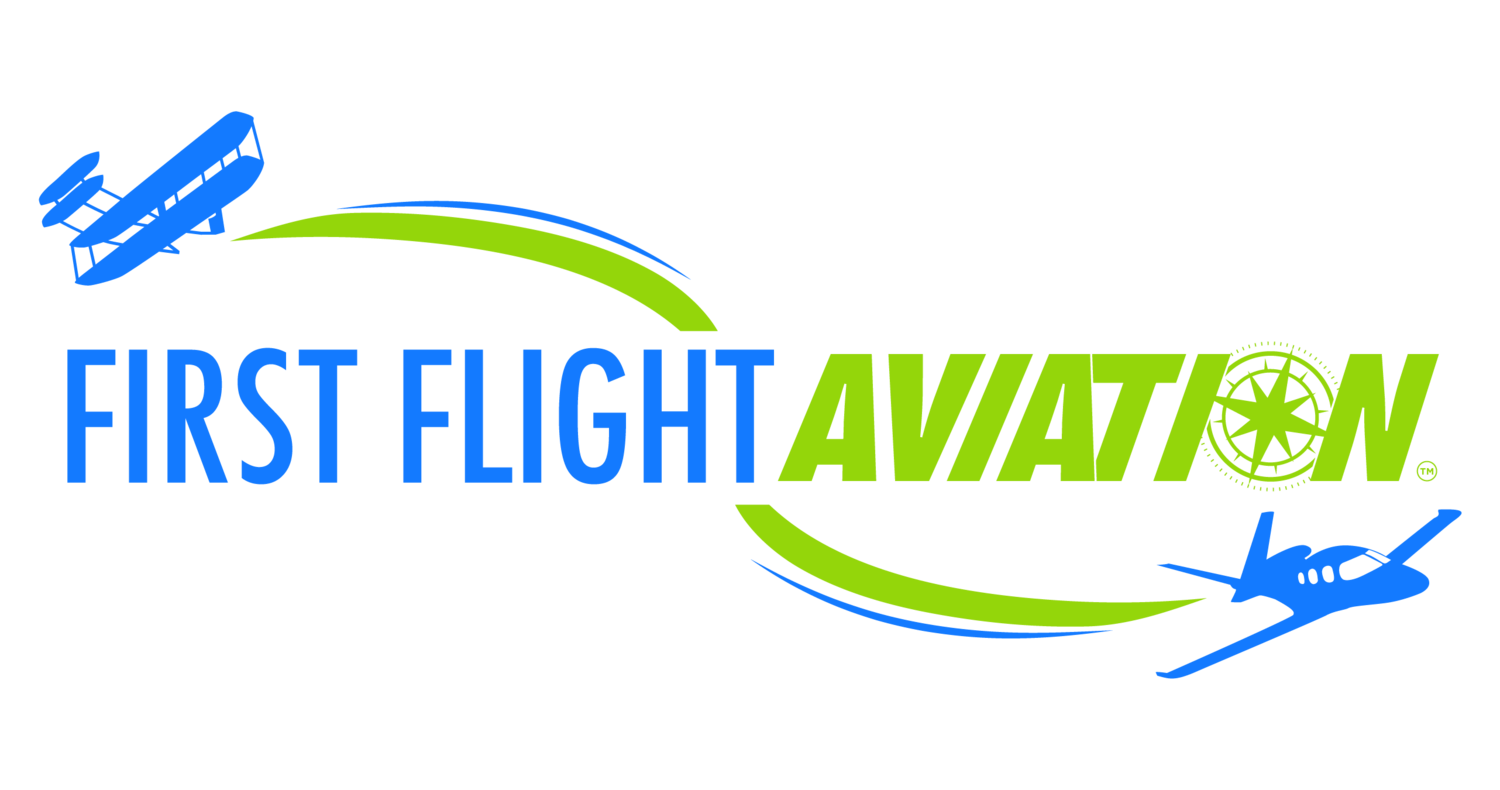The goal of any airline is to provide customers with a smooth, uneventful, enjoyable flight to their destination. However, there are circumstances in which excessive vibration can make for an uncomfortable experience for both passengers and pilots alike.
Not only will this vibration cause noise and discomfort, but it can also result in some damage to the airplane, which can necessitate expensive repairs. Therefore, it is important for airlines to do whatever they can to curb this vibration.
In some cases, the vibration could be the result of an aircraft propeller being out of balance. Let’s take a closer look at the importance of prop balancing in Dayton, OH and how an unbalanced propeller can cause damage to your aircraft.
What to know about prop balancing
The propeller could be out of balance even if the vibrations aren’t noticeable in the cabin. Therefore, it’s important to make the propeller a part of regular safety inspections of the airplane. Common signs you might have an unbalanced propeller (beyond vibrations you might experience during a flight) include wear and tear around the propeller assembly or spinner dome, cracks in the cowling of the aircraft and loose rivets near the propeller. When any of these issues are present, it’s crucial that you seek the skills of a professional aircraft maintenance technician to resolve the problem.
In addition, it’s important to have at least a basic understanding of prop balancing and the various methods of accomplishing it.
Propellers come from the factory with a static balance, which is also the kind of balance most commonly performed during routine overhaul service. However, once the propeller is mounted and installed, dynamic balancing may be necessary to ensure it is truly and properly balanced.
Dynamic balancing involves measuring the vibrations experienced while the propeller and engine assembly are in operation. Technicians use special accelerometer sensors on the engine, and the aircraft gets brought up to full power. These analysts can then track the magnitude of vibrations from the propeller and engine at a rate of inches per second. Small optical tachometers are also used to measure the engine RPM and the propeller movement, allowing the technicians to determine the angle of the imbalance so they can add the proper amount of weight to offset that problem and balance the system.
These tests will be repeated until the level of vibration in the system is deemed acceptable. There are industry standards for these vibration levels and propeller balancing that serve as guideposts and determine how safe the plane will be to operate.
Staying on top of prop balancing is very helpful to ensure the health and longevity of your airplane parts, including the propeller, engine, avionics and airframe. It also, of course, provides your passengers with a smoother ride and less anxiety caused by potential vibrations.
For more information about prop balancing and why it’s so important for Dayton, OH aircraft, we encourage you to contact our technicians at First Flight Aviation. We look forward to answering your questions.
